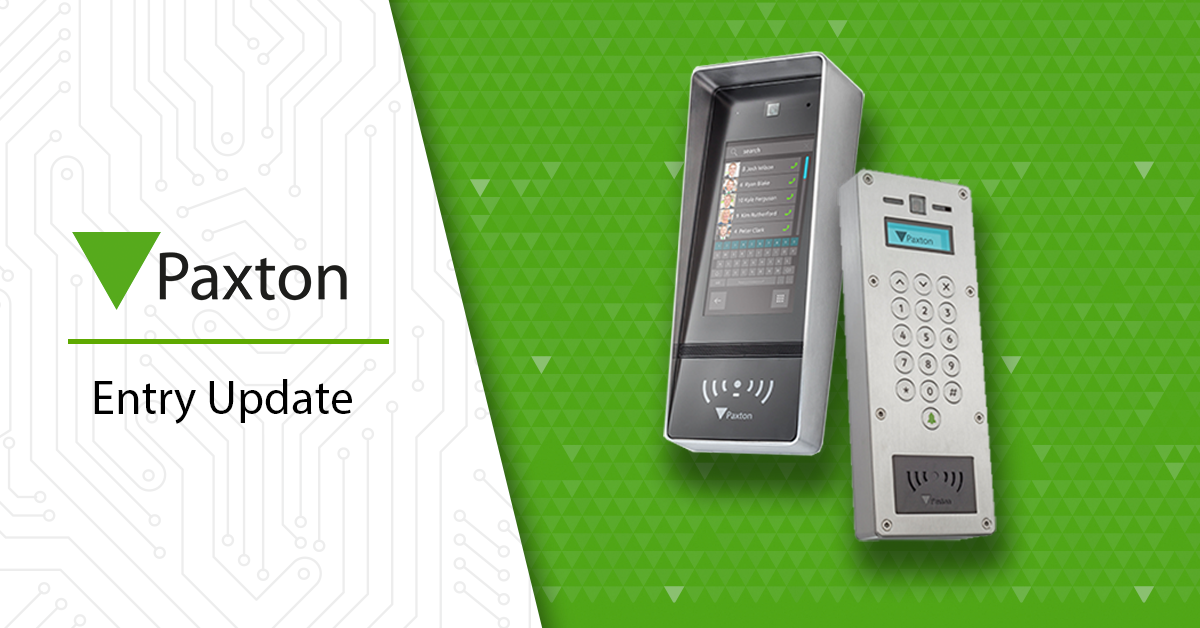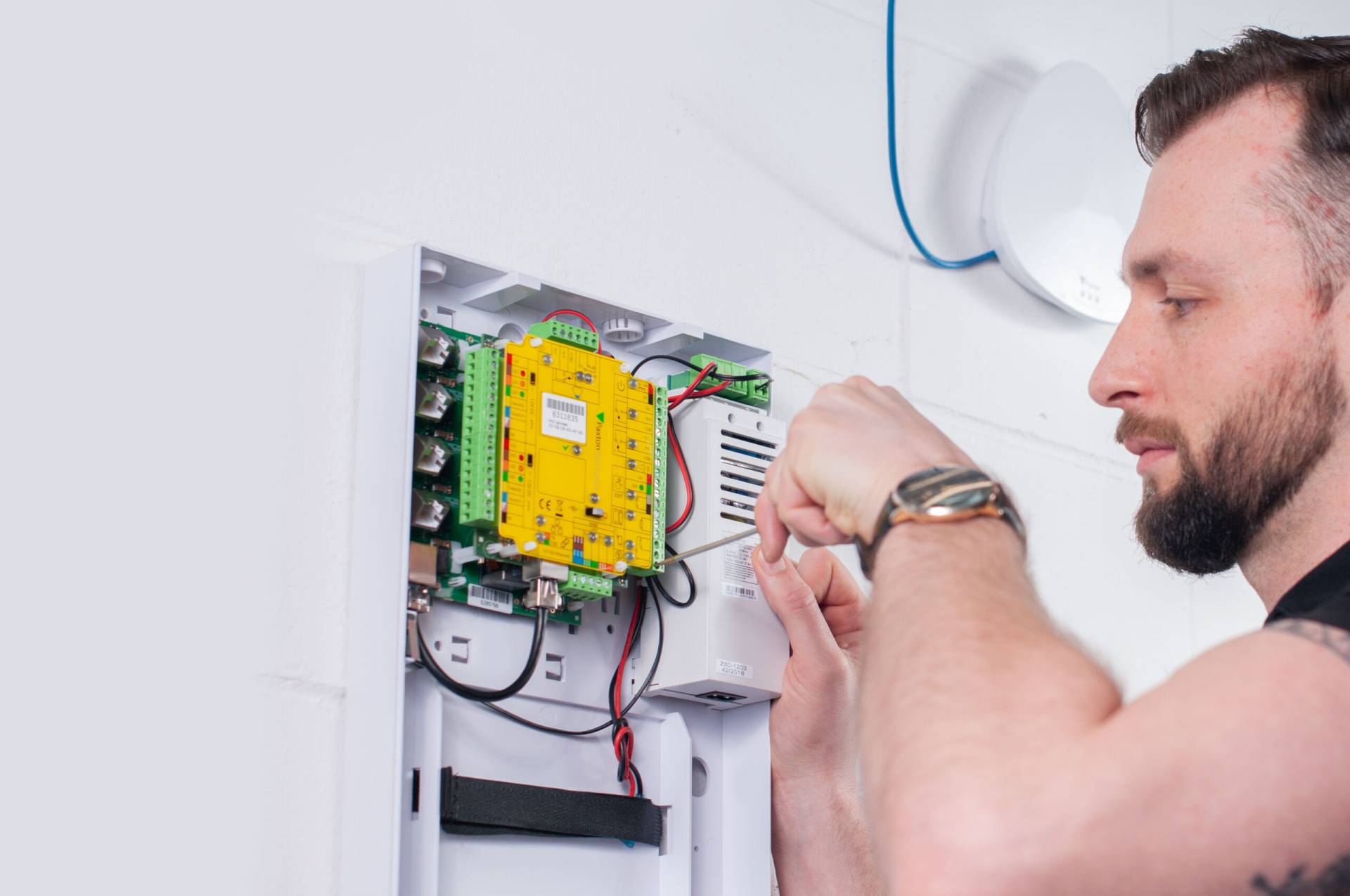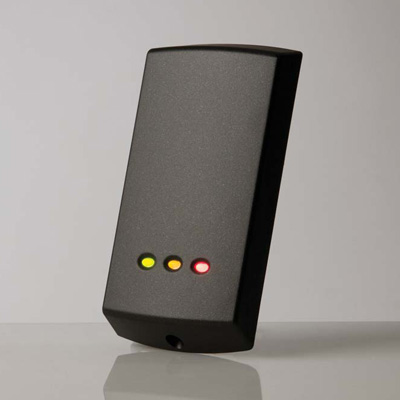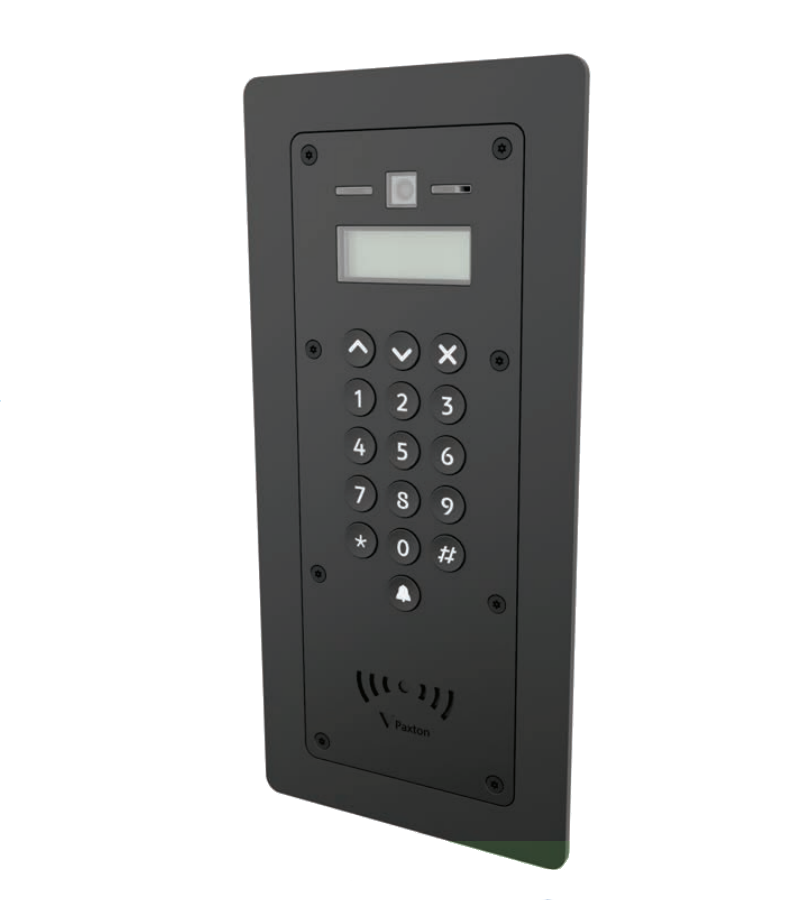The Importance of an Access Control System
Overview
Access control systems are critical for ensuring the security of physical spaces, digital environments, and sensitive data. By regulating who can enter certain areas or access specific information, organizations can prevent unauthorized access, reduce risk, and maintain safety standards.
Benefits of Access Control Systems
- Enhanced Security
Controls access to buildings, rooms, or systems, reducing the likelihood of theft, intrusion, or data breaches. - Audit Trails and Monitoring
Tracks who accessed what and when, helping with investigations and compliance reporting. - Remote Management
Many modern systems allow administrators to manage access permissions remotely. - Scalability
Easily adapts to growing organizations, allowing seamless integration of new users or doors. - Integration Capabilities
Can be combined with CCTV, alarms, and HR systems for centralized security management.
Types of Access Control Systems
| Type | Description | Example Technologies |
|---|---|---|
| Discretionary Access Control (DAC) | Owner determines access levels for other users. | File permissions in Windows |
| Mandatory Access Control (MAC) | Access governed by a central authority using classification levels. | Government/military environments |
| Role-Based Access Control (RBAC) | Access assigned based on a user’s role in the organization. | Corporate IT systems |
| Attribute-Based Access Control (ABAC) | Access decisions based on user attributes and context. | Cloud security systems |
Modern Technology vs. Legacy Systems
Past Access Control Technologies
- Mechanical locks and keys
- Magnetic stripe cards
- Simple PIN-based systems
- On-premise servers with limited remote access
Modern Access Control Technologies
- Biometric authentication (fingerprint, facial recognition, iris scan)
- Mobile credentialing via smartphones
- Cloud-based access control
- AI-powered analytics and real-time alerts
- Integration with smart building systems (IoT)
Benefits of Modern Systems Over Legacy Systems
| Legacy Systems | Modern Systems |
|---|---|
| Easily lost or duplicated keys/cards | Secure biometric or mobile authentication |
| No remote management | Full remote access and monitoring |
| No data tracking | Complete audit logs and analytics |
| Limited scalability | Cloud-based, scalable infrastructure |
| High maintenance | Low maintenance with automatic updates |
Conclusion
In today’s security landscape, access control systems are no longer optional—they’re essential. With evolving threats and the rise of hybrid work environments, modern access control systems provide not only stronger security but also operational flexibility, scalability, and compliance support that older systems simply cannot match.







